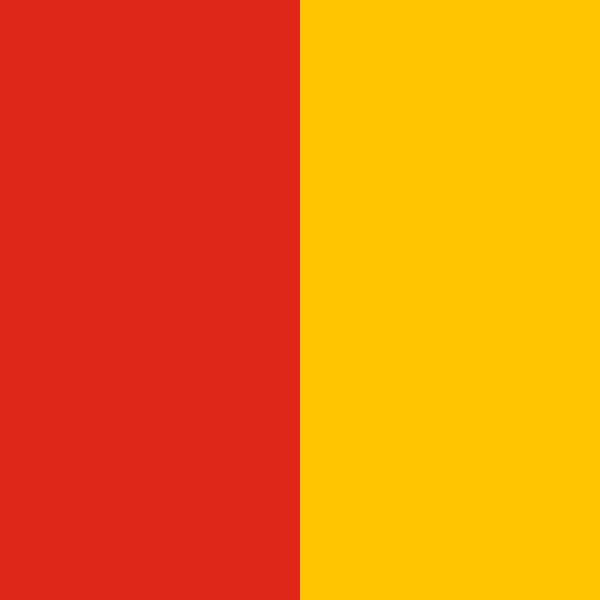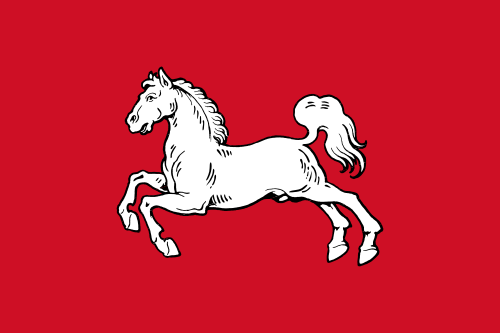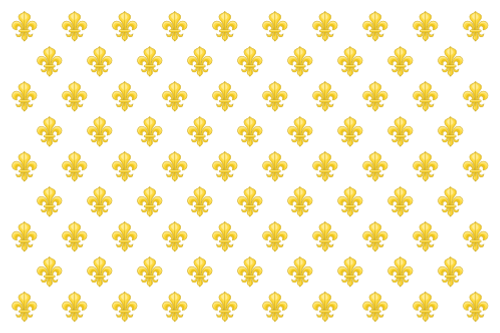United Kingdom of Great Britain and Ireland

The United Kingdom of Great Britain and Ireland was the formal name of the United Kingdom from 1 January 1801 until 12 April 1927. It was formed by the merger of the Kingdom of Great Britain (itself having been a merger of the Kingdoms of England and Scotland) and the Kingdom of Ireland, with Ireland being governed directly from Westminster through its Dublin Castle administration.
During the War of the Second Coalition (1799–1801), Britain occupied most of the French and Dutch colonies (the Netherlands had been a satellite of France since 1796), but tropical diseases claimed the lives of over 40,000 troops. When the Treaty of Amiens ended the war, Britain was forced to return most of the colonies. The peace settlement was in effect only a cease fire, and Napoleon continued to provoke the British by attempting a trade embargo on the country and by occupying the German city of Hanover (a fief of the British crown). In May 1803, war was declared again. Napoleon's plans to invade Britain failed due to the inferiority of his navy, and in 1805, Lord Nelson's fleet decisively defeated the French and Spanish at Trafalgar, which was the last significant naval action of the Napoleonic Wars.
The series of naval and colonial conflicts, including a large number of minor naval actions, resembled those of the French Revolutionary Wars and the preceding centuries of European warfare. Conflicts in the Caribbean, and in particular the seizure of colonial bases and islands throughout the wars, could potentially have some effect upon the European conflict. The Napoleonic conflict had reached the point at which subsequent historians could talk of a "world war". Only the Seven Years' War offered a precedent for widespread conflict on such a scale.
In 1806, Napoleon issued the series of Berlin Decrees, which brought into effect the Continental System. This policy aimed to eliminate the threat of the United Kingdom by closing French-controlled territory to its trade. The United Kingdom's army remained a minimal threat to France; the UK maintained a standing army of just 220,000 at the height of the Napoleonic Wars, whereas France's army exceeded a million men — in addition to the armies of numerous allies and several hundred thousand national guardsmenagricultural capacity far outstripped that of the United Kingdom.
However, the United Kingdom possessed the greatest industrial capacity in Europe, and its mastery of the seas allowed it to build up considerable economic strength through trade to its possessions from its rapidly new expanding Empire. That sufficed to ensure that France could never consolidate its control over Europe in peace or threaten British colonies outside the continent thanks to Britain's naval supremacy. However, many in the French government believed that cutting the United Kingdom off from the Continent would end its economic influence over Europe and isolate it. Though the French designed the Continental System to achieve this, it never succeeded in its objective.
The Spanish uprising in 1808 at last permitted Britain to gain a foothold on the Continent. The Duke of Wellington and his army of British and Portuguese gradually pushed the French out of Spain and in early 1814, as Napoleon was being driven back in the east by the Prussians, Austrians, and Russians, Wellington invaded southern France. After Napoleon's surrender and exile to the island of Elba, peace appeared to have returned, but when he escaped back into France in 1815, the British and their allies had to fight him again. The armies of Wellington and Von Blucher defeated Napoleon once and for all at Waterloo
Simultaneous with the Napoleonic Wars, trade disputes and British impressment of American sailors led to the War of 1812 with the United States. A central event in American history, it was little noticed in Britain, where all attention was focused on the struggle with France. The British could devote few resources to the conflict until the fall of Napoleon in 1814. American frigates also inflicted a series of embarrassing defeats on the British navy, which was short on manpower due to the conflict in Europe. A stepped-up war effort that year brought about some successes such as the burning of Washington D.C., but many influential voices such as the Duke of Wellington argued that an outright victory over the US was impossible.
Peace was agreed to at the end of 1814, but not before Andrew Jackson, unaware of this, won a great victory over the British at the Battle of New Orleans in January 1815 (news took several weeks to cross the Atlantic before the advent of steam ships). The Treaty of Ghent subsequently ended the war. As a result, the Red River Basin was ceded to the US, and the Canadian border (now fixed at the 49th parallel) completely demilitarised by both countries, although fears of an American conquest of Canada persisted through the 19th century. (source: wiki)
The United Kingdom of Great Britain and Ireland has access to the following custom LME units:
Army:
1st Life Guards (The Cheeses)
2nd Life Guards (Cheese Mongers)
1st Royal Dragoons (The Bird Catchers)
2nd Royal North British Dragoons (Scots Greys).
2nd Queen's Dragoon Guards (The Bays)
4th Royal Irish Dragoon Guards
7th Queen's Own Hussars
10th Prince of Wales' Hussars.
1st KGL Dragoons
1st KGL Hussars
2nd Kings German Legion Light Dragoons
Brunswick-Oels Ulans
Brunswick-Oels Hussars
Rohan Hussars
95th Rifles (The Grasshoppers).
60th Rifles (Royal Americans)
Grenadiers
Royal Marines
1st Foot Guards (The Coalers)
2nd Foot Guards (Coldstreamers)
3rd Foot Guards (Scots Guards)
1st Foot Royal Scots (Pontius Pilate's Bodyguard)
2nd Foot Queen's Royal Regiment (Kirke's Lambs)
5th Foot (The Fighting Fifth)
18th Foot (Royal Irish)
23rd Foot Royal Welch Fusiliers (Nanny Goats)
27th Foot Inniskilling (The Skins)
71st Highlanders
79th Foot Queen's Own Cameron Highlanders
87th Prince of Wales' own Irish Regiment
88th Foot Connaught Rangers (The Devil's Own)
92nd Gordon Highlanders
Kings German Legion Sharpshooters
KGL Light Foot (The Green Rascals)
Calabrian Free Corps
Brunswick-Oels Rifles
3rd 'Estero' Sicilian Infantry Regiment
Chasseurs Britanniques
York Rangers
Hompesch's Chasseurs
Loewenstein's Chasseurs
6-lber Foot Artillery
6-lber KGL Foot Artillery
9-lber Foot Artillery
9-lber Hanoverian Artillery
12-lber Foot Artillery
6-lber Horse Artillery
9-lber KGL Horse Artillery
4.4" Foot Howitzer
5" Foot Howitzer
5.5" KGL Foot Howitzer
5.5" KGL Horse Howitzer
Experimental Howitzer
Rockets
Royal Marine Artillery
Navy (number=guns):
HMS Caledonia(122)
HMS Nelson(122)
HMS Victory(106)
HMS Brittania(106)
HMS Royal Sovereign(106)
HMS Ville de Paris(106)
HMS Saint Lawrence(106)
HMS Queen Charlotte(106)
HMS Dreadnought(98)
HMS Temerraire(98)
HMS Impregnable(98)
HMS Tonnant(80)
HMS Bellerophon(74)
HMS Belleisle(74)
HMS Mars(74)
HMS Colossus(74)
HMS Polyphemus(64)
HMS Africa(64)
HMS Hindustan(50)
HMS Centurion(50)
1st rate ship-of-the-line (122)
1st rate ship-of-the-line (106)
2nd rate ship-of-the-line (98)
3rd rate ship-of-the-line (80)
Captured 3rd rate ship-of-the-line (80)
3rd rate ship-of-the-line (74)
Captured 3rd rate ship-of-the-line (74)
3rd rate ship-of-the-line (64)
Captured 3rd rate ship-of-the-line (64)
4th rate ship (50)
5th rate (38) Frigate
5th rate (32) Frigate
6th rate (24) Frigate
Carronade Frigate
Brig
Sloop
Experimental 38-gun Steam Ship
Experimental Steam Paddle Frigate
Experimental 80-gun Steam Ship
Trade ship
Indiaman
 60th Rifles ("Royal Americans")
60th Rifles ("Royal Americans")













 Reply With Quote
Reply With Quote



























